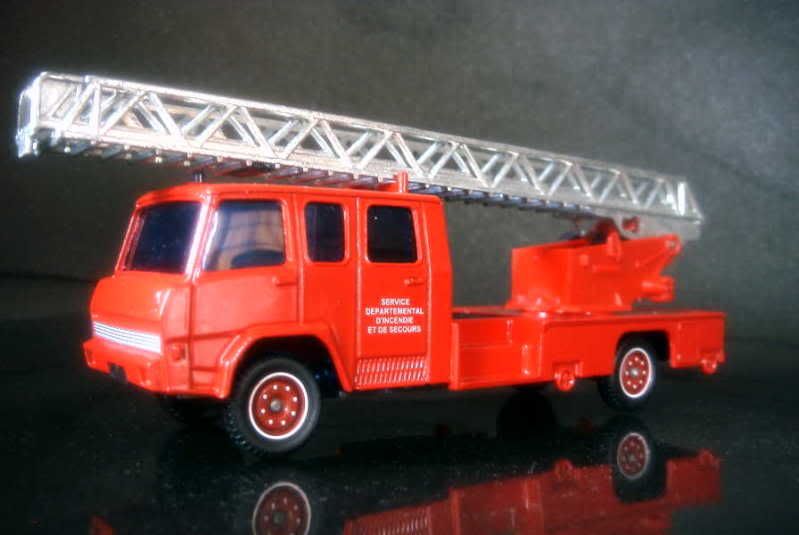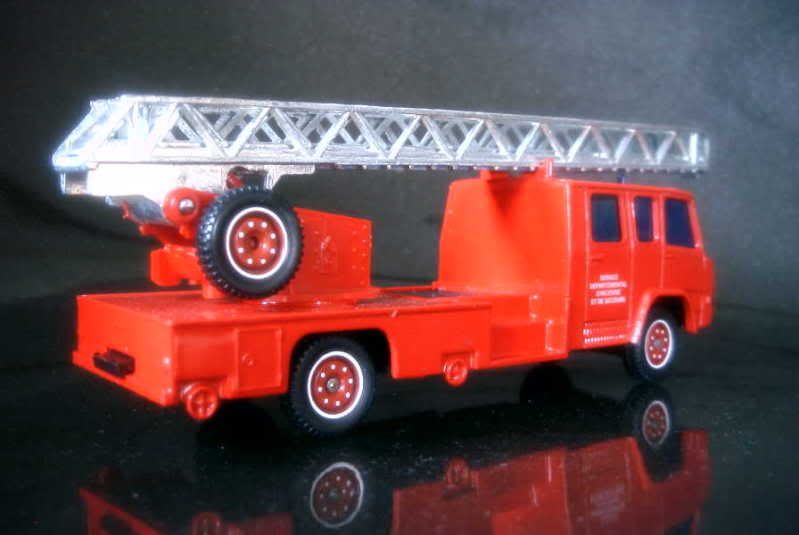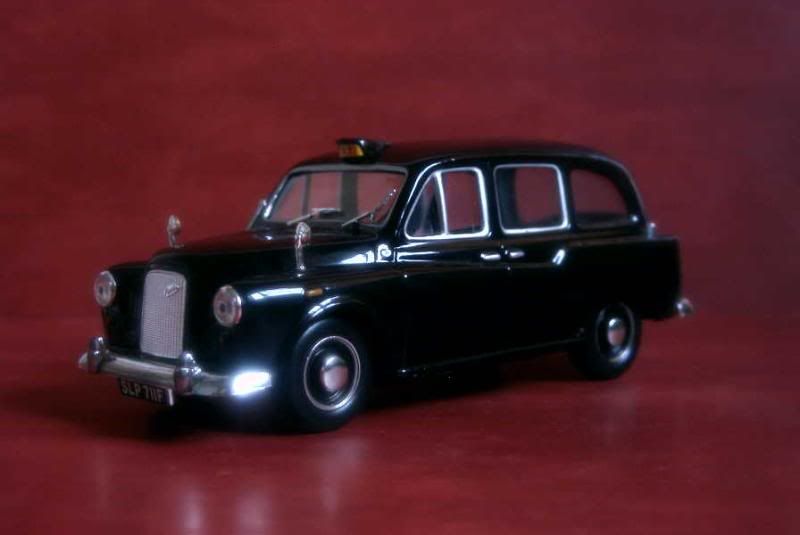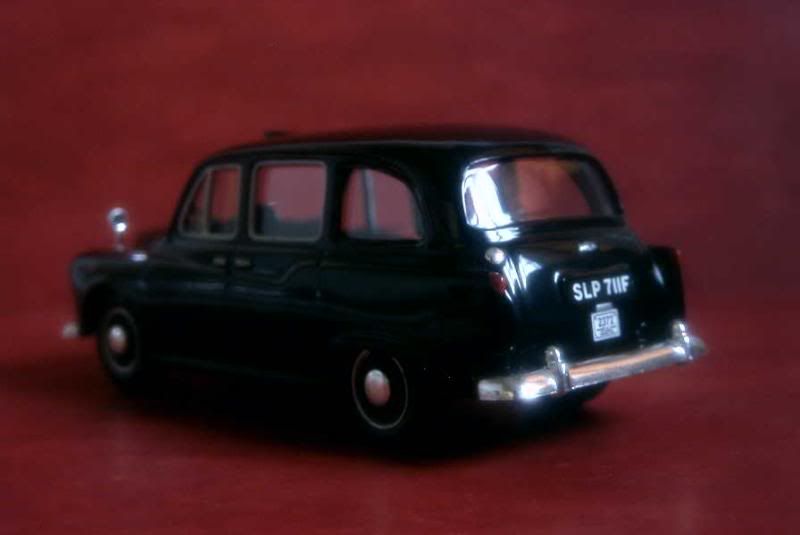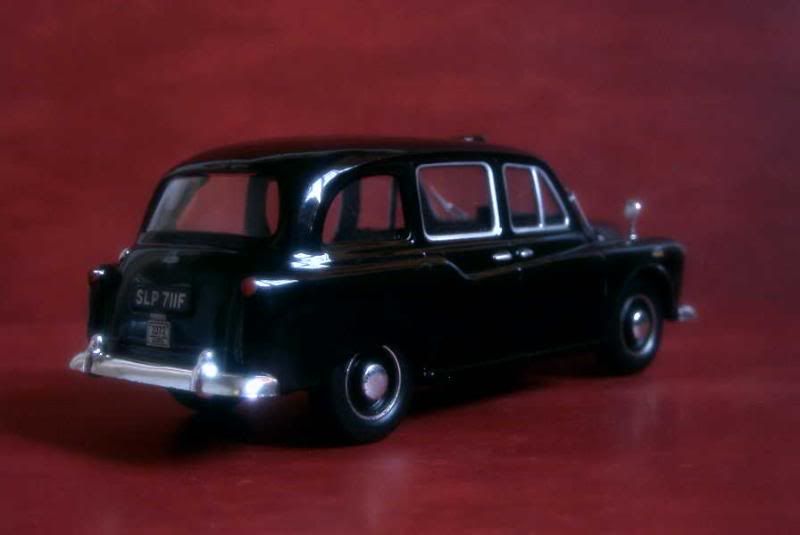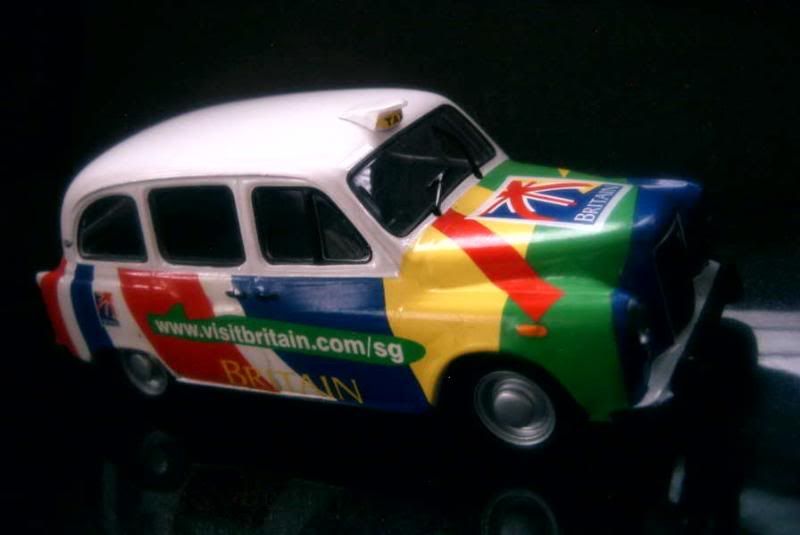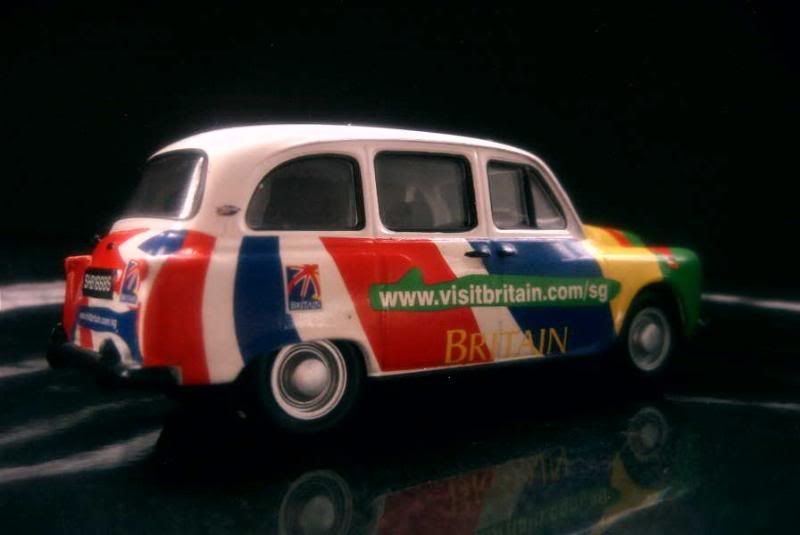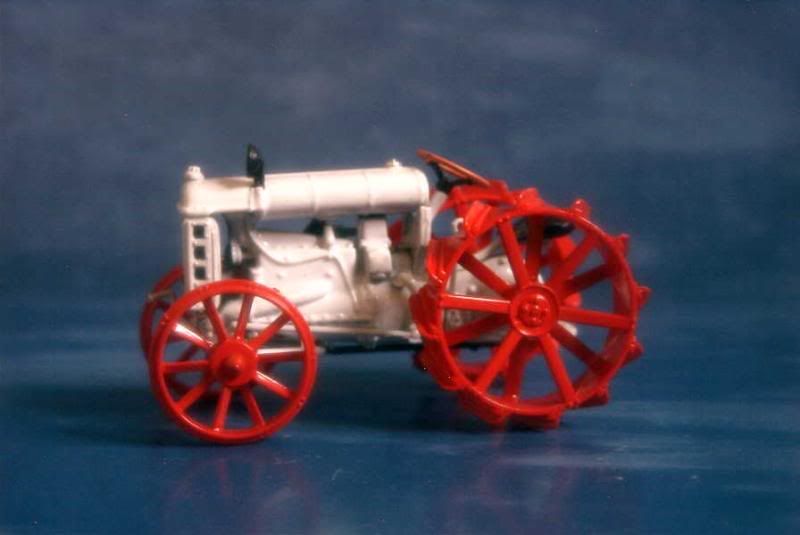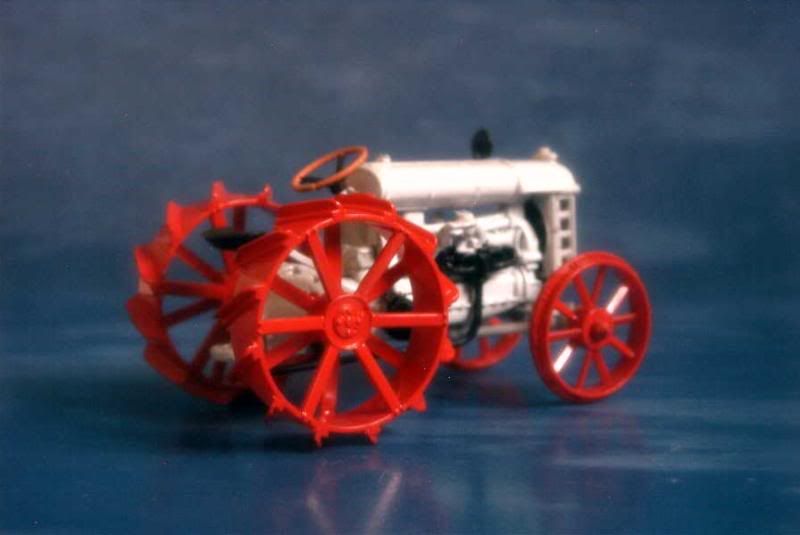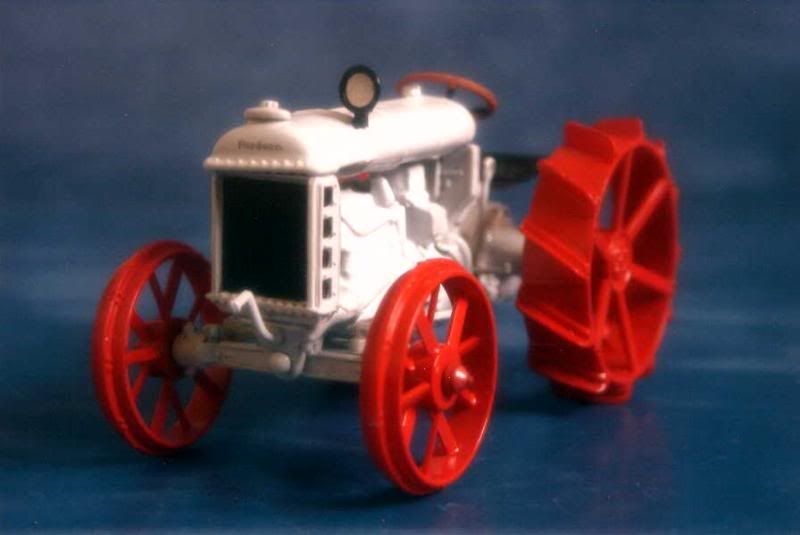A little history
Though Dallara is better known for its open-wheel racers, it has had a long involvement in sportscar racing, albeit screened by more prestigious names. Actually, Dallara was responsible for the development of the Lancia LC1 and LC2’s chassis during the early Eighties and, later, designed the chassis of the Ferrari 333 SP, the Toyota GT-One and the all-conquering Audi R8, no less!
Shortly after the beginning of the new millennium, Dallara decided to put such an experience to good use by designing its very own prototype, the SP1. Nevertheless, during development the Italian company was approached by Chrysler, which requested from it the design of yet another sportscar’s chassis. The Dallara SP1 became at this point the Chrysler LMP. Racing debut was in 2001 and, despite some problems with reliability, a rather normal issue for a new car in endurance races, a Chrysler LMP was able to grasp a fourth place during its first Le Mans 24 hours. Though this was no small feat, modern motor racing is unfortunately the thing of financiers who don’t understand much of the sport. Therefore, Chrysler estimated that not winning everything from their very first race wasn’t worth their involvement, and withdrew at the end of the season.
This left Dallara with several unused LMP chassis, while the French team Oreca, which had been a Chrysler partner for a long time and had collaborated on the Viper and LMP programs, remained without a car to run in 2002. A solution was easy to find: Oreca took over the three cars, which name reverted to Dallara SP1 (though I also often read Dallara LMP, an understandable confusion) and continued their development. The Chrysler engines were replaced by much-tested Judds, and Oreca was ready to face the competition for the 2002 season. Its cars performed well throughout the year and took the fifth and sixth place at Le Mans. Another car was shipped across the Atlantic to Doran Racing, and won the prestigious Daytona 24 hours. From 2003 though, successes became scarce. Oreca had retired their own racers. Development of the car was now at a standstill, except for the vain efforts of the British team Rollcentre Racing which tried to improve the two chassis it raced in 2004-2005. For 2006, regulations were changed, and making the ageing cars legal for the coming season was unreasonably onerous. The end has come for the SP1.
About the models
Model: Oreca-Dallara LMP02 - Judd
Year: 2002
Event: 2002 Le Mans 24 Hours, driven by Olivier Beretta, Eric Comas and Pedro Lamy (finished 5th overall)
Maker: Ixo
Scale: 1/43
Distributed by: Altaya as no.22 of its Les Plus Belles Voitures des 24 Heures du Mans press series
Acquired: brand new, in July 2004, in Souillac, France
A very correct model of a Dallara sportscar as raced by Oreca under the "LMP02" name. My rating is 13/20.

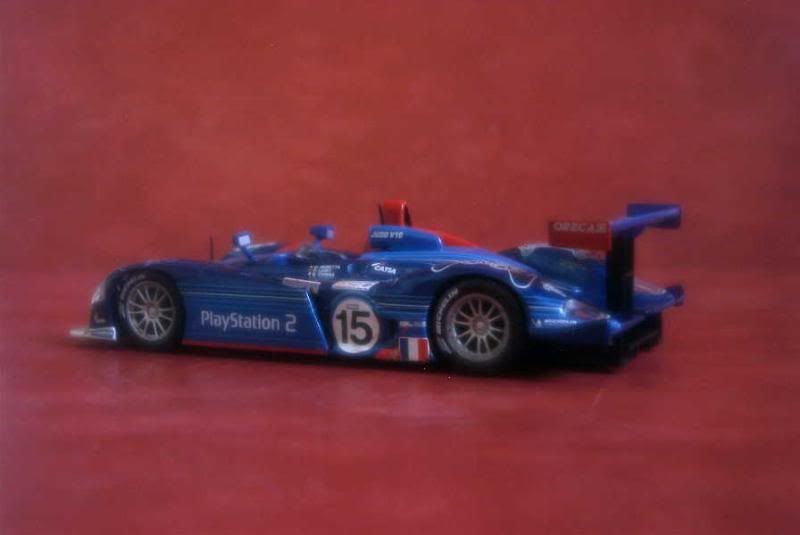
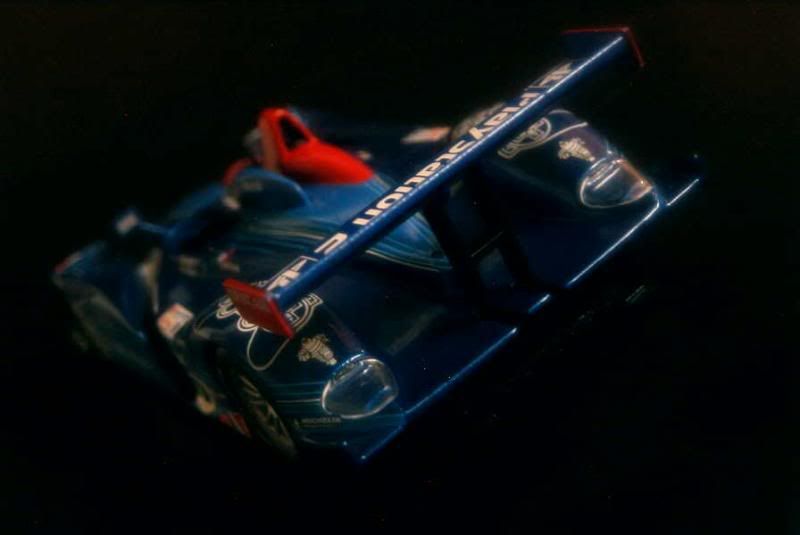
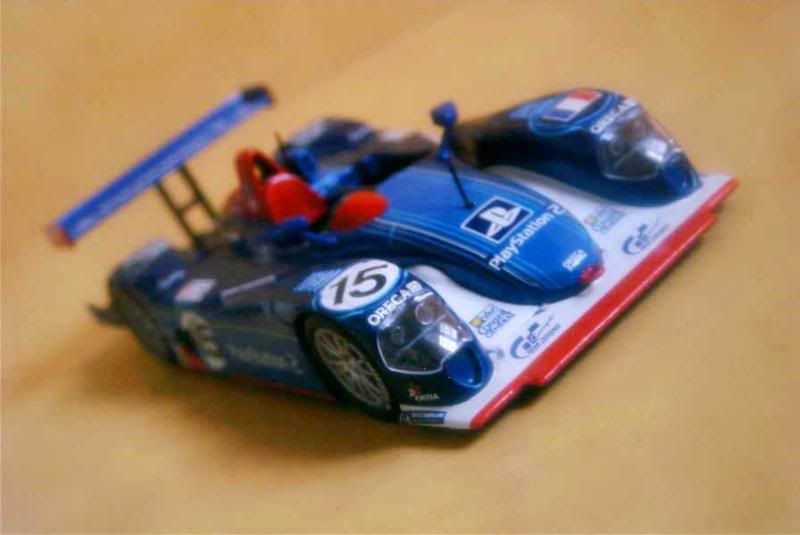
Model: Dallara SP1 - Judd
Year: 2004
Event: 2004 Le Mans 24 Hours, driven by Martin Short, Rob Barff and João Barbosa (retired)
Maker: Ixo
Scale: 1/43
Distributed by: Altaya as no.64 of its Les Plus Belles Voitures des 24 Heures du Mans press series
Acquired: brand new, in May 2006, in Souillac, France
Same 13/20 for this later SP1 ran by Rollcentre.
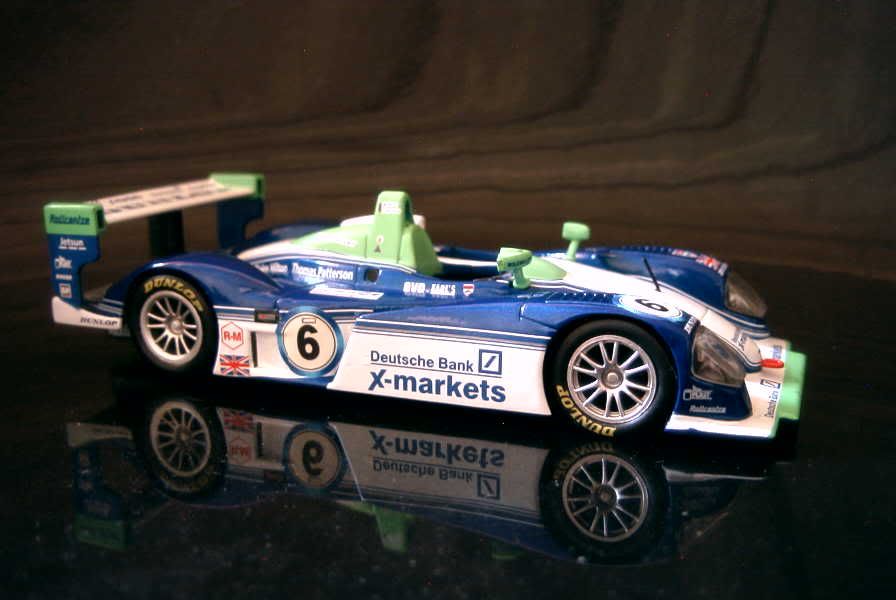

Though Dallara is better known for its open-wheel racers, it has had a long involvement in sportscar racing, albeit screened by more prestigious names. Actually, Dallara was responsible for the development of the Lancia LC1 and LC2’s chassis during the early Eighties and, later, designed the chassis of the Ferrari 333 SP, the Toyota GT-One and the all-conquering Audi R8, no less!
Shortly after the beginning of the new millennium, Dallara decided to put such an experience to good use by designing its very own prototype, the SP1. Nevertheless, during development the Italian company was approached by Chrysler, which requested from it the design of yet another sportscar’s chassis. The Dallara SP1 became at this point the Chrysler LMP. Racing debut was in 2001 and, despite some problems with reliability, a rather normal issue for a new car in endurance races, a Chrysler LMP was able to grasp a fourth place during its first Le Mans 24 hours. Though this was no small feat, modern motor racing is unfortunately the thing of financiers who don’t understand much of the sport. Therefore, Chrysler estimated that not winning everything from their very first race wasn’t worth their involvement, and withdrew at the end of the season.
This left Dallara with several unused LMP chassis, while the French team Oreca, which had been a Chrysler partner for a long time and had collaborated on the Viper and LMP programs, remained without a car to run in 2002. A solution was easy to find: Oreca took over the three cars, which name reverted to Dallara SP1 (though I also often read Dallara LMP, an understandable confusion) and continued their development. The Chrysler engines were replaced by much-tested Judds, and Oreca was ready to face the competition for the 2002 season. Its cars performed well throughout the year and took the fifth and sixth place at Le Mans. Another car was shipped across the Atlantic to Doran Racing, and won the prestigious Daytona 24 hours. From 2003 though, successes became scarce. Oreca had retired their own racers. Development of the car was now at a standstill, except for the vain efforts of the British team Rollcentre Racing which tried to improve the two chassis it raced in 2004-2005. For 2006, regulations were changed, and making the ageing cars legal for the coming season was unreasonably onerous. The end has come for the SP1.
About the models
Model: Oreca-Dallara LMP02 - Judd
Year: 2002
Event: 2002 Le Mans 24 Hours, driven by Olivier Beretta, Eric Comas and Pedro Lamy (finished 5th overall)
Maker: Ixo
Scale: 1/43
Distributed by: Altaya as no.22 of its Les Plus Belles Voitures des 24 Heures du Mans press series
Acquired: brand new, in July 2004, in Souillac, France
A very correct model of a Dallara sportscar as raced by Oreca under the "LMP02" name. My rating is 13/20.




Model: Dallara SP1 - Judd
Year: 2004
Event: 2004 Le Mans 24 Hours, driven by Martin Short, Rob Barff and João Barbosa (retired)
Maker: Ixo
Scale: 1/43
Distributed by: Altaya as no.64 of its Les Plus Belles Voitures des 24 Heures du Mans press series
Acquired: brand new, in May 2006, in Souillac, France
Same 13/20 for this later SP1 ran by Rollcentre.


